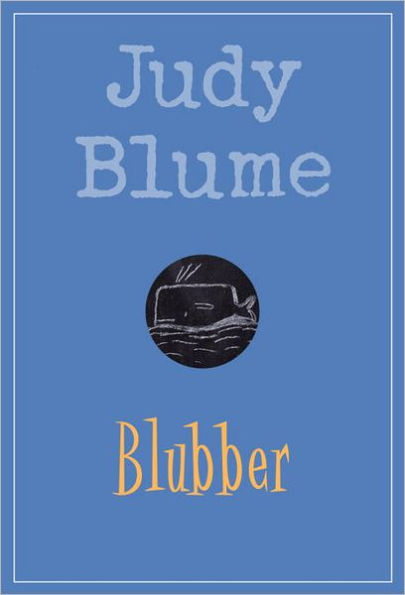Reading Group Guide
BULLYING: A GUIDE
Macaroni Boy by Katherine Ayres
Blubber by Judy Blume
Spider Boy by Ralph Fletcher
True Blue by Jeffrey Lee
Feather Boy by Nick Springer
The books in this guide all deal with bullying. Use the questions to open discussion with your students on this important topic. Additional themes include challenges, friendships growing up, peer pressure, and self-discovery.
ABOUT BULLYING
Bullying isn’t a new problem in schools. Almost all adults will say that they either encountered or knew a bully in their childhood. Some will say they were victimized, and others will admit to being innocent bystanders. And, some may even reveal that they were bullies themselves.
No one wants to be called names or teased and taunted. No one wants to be left out of a ballgame or a school activity. No one wants their personal belongings ruined or their secrets revealed. New kids in school, and children who are different, especially mentally and physically challenged kids, are often the targets. These kids are already on the outside, and therefore vulnerable. Bullies are seeking attention and want to feel important. They feed their low self-esteem by being mean to others.
Newspapers, magazines, television and radio news are filled with incidents of schoolyard bullying. Why has bullying become such a worldwide issue in schools today? Is bullying the beginning of school violence? Whatever the reasons, schools and parents must develop ways of helping children cope with the local school bully. Children who are being bullied are often quiet about it. The bully may have threatened them if they “tattle” or they may feel embarrassed.
HOW TO RESPOND
Observant adults will notice if a child is quieter than usual, suddenly afraid of going to school, shows a drop in grades, and doesn’t want to play with friends or participate in after school activities. Ask questions. Engage them in conversation about the way they are feeling. Role-play a hypothetical incident. Encourage them to talk with someone they trust. Suggest they write about their feelings in a journal. Give them books to read.
1. Wendy is the most popular girl in Mrs. Minish’s fifth grade class. Ask the class to describe Wendy. Cite evidence from the novel that Wendy is a “troublemaker.” How does Wendy misuse her popularity? Why does Jill fall to Wendy’s power?
2. Discuss why Linda is such an easy target for bullies. Describe her feelings when the girls do and say mean things to her. Ask the class to discuss what Linda could have done to help her situation.
3. Describe Jill and Tracy’s friendship. How is Tracy more perceptive about Wendy than Jill? Discuss whether Tracy would participate in bullying Blubber if she were in Mrs. Minish’s class. How is it sometimes easier to see through a situation from the outside?
4. Engage the class in a discussion about whether Mrs. Minish, the teacher, realizes what is going on between the girls. Find passages in the novel that indicate that Mrs. Minish is an “uninformed” teacher. What can teachers and school administrators do to eliminate problems with bullying?
5. Wendy tries to convince Jill and Tracy that it was Linda who squealed on them for putting eggs in Mr. Machinist’s mailbox on Halloween. Tracy doubts the accusation, and Jill suggests that Linda be given a trial. How is this incident the turning point in the novel? What are the lessons that Jill learns?


